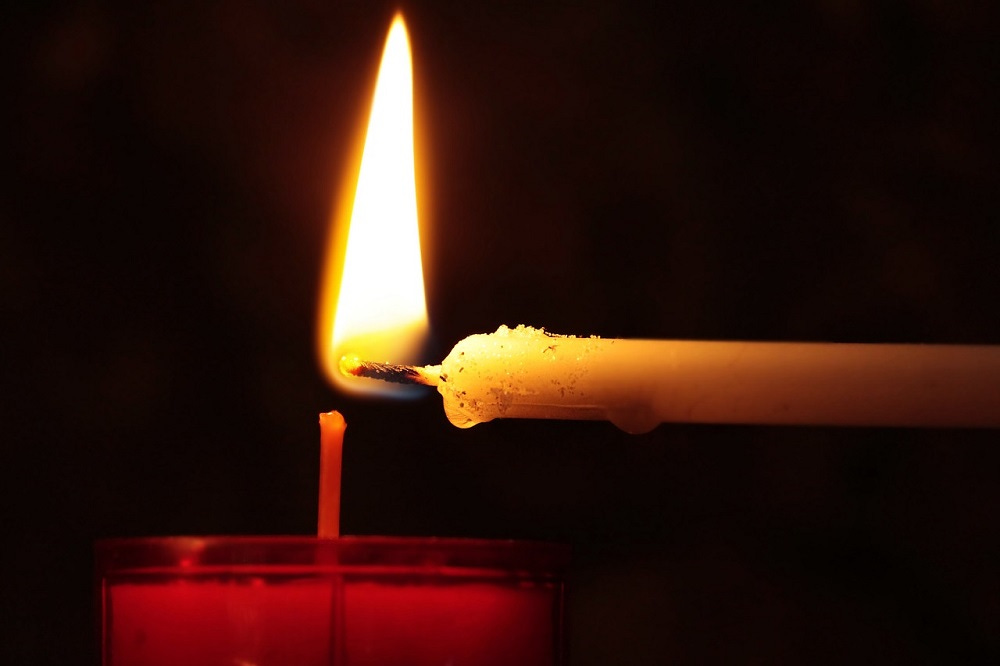A Good Deed in a Weary World? Candles, Venice, and the Spiritual Implications of the Wax Trade
All my life I’ve loved candlelight. There is something magical about the kindling of a flame, and the flickering light, that makes it perfectly clear why candles have been central to religious - and extra-religious - rituals from time immemorial. One of my minor eccentricities as a parent is lighting a candle for my daughter as she goes to sleep (I do watch her!), and a friend of mine, who is an expert in living history, has speculated with me that the gentle, softly-fluctuating light of candles promotes good circadian rhythms in a way our modern reliance upon electric lighting does not.
Given this, it’s no surprise I was absolutely hooked when I came across the research of Dr Alexandra Sapoznik. I stumbled across her work when I was trying to better understand the relationships between Muslim North Africa, and early modern Christian Venice. And it turns out that beeswax is absolutely central to this subject. Despite its watery surroundings, beekeeping was a feature of life in early modern Venice. But, by the late middle ages, Christian churches consumed a truly terrifying volume of wax as a routine part of liturgical practice. It was one of the major expenses in almost all European Christian church accounts. In Venice alone, a mid-fifteenth-century ruling stated that that the festival of Corpus Christi must involve some fifty pounds of lit torches, with each citizen holding a candle in his own hands. Nor was this only pious spectacle. At the end of the day, the unburned candle stubs were to be donated to the cathedral - a substantial boost to its valuable supplies of wax.
The demand for so much wax could not be met easily. Fortunately for European Christendom, there was a solution. The climate and geography of North Africa lent itself to the keeping of bees, and honey was valued both as a foodstuff, and as an important item in religious practice. Wax, by contrast, was not. As a by-product of the production of honey, wax was something Maghrebi traders might have been only too delighted to palm off on an eager European market. Fascinatingly, Sapoznik notes that Muslim producers of wax understood this as a real moral-economic dilemma. On the one hand, they did not particularly value wax as a commodity per se. Yet, they were well aware that traded wax would be put to use largely - perhaps even primarily - in Christian liturgical contexts. By selling wax, were they condoning the practices of an opposing and hostile faith? Interestingly, Sapoznik does not mention - and I have not yet been able to find - evidence of a corresponding anxiety on the Christian side. It is to me - a surprising silence.
Anyone who regularly burns beeswax candles will be familiar with the way in which impurities in the wax reveal themselves. There is no draft, but the flame stutters or flares; there is a sudden smell of burnt honey or a crackle of liquid. These days, it is possible to analyse the contents of wax and, by unlocking its chemical composition and its residues of foreign matter - including pollen grains - to reveal its origins.
To light a candle in seventeenth-century Venice was to liberate into the air the microscopic traces of cistus and asphodel, sage and juniper, on which bees had fed in the scrublands of the Maghreb.
Nor would this modern science have surprised Venetian Christians. At that time, it was widely believed that hidden, vital essences circulated in the air, emanating (just like the scent of honey and flowers from beeswax candles) from solid, visible objects. Diseases such as the plague were thought to travel in just such a manner, in the form of miasma - literally ‘pollution’ - floating unseen in the air. Countless medical manuals tells us how important it is to combat such unseen miasma. Authors advocate the burning of strongly-scented herbs, or the use of smoke from smouldering aromatic preparations, to drive away the danger.
Medieval and early modern Christians in Venice must have understood that their church candles fairly breathed out the essence of Muslim North Africa, even as they symbolised such sacred concepts as the Resurrection of Christ, and the intercessions of the saints. Why were they so quiet about it? And, when they breathed in that honey-scented smoke - that pollen, those reminders of a wholly different world - what did they think of it?
***
In addition to Alexandra Sapoznik’s wonderful work, I have enjoyed reading Anna Nelson Bennet’s fascinating thesis, ‘The Magic of Things: Matter, Spirit and Power in Venice, 1580-




